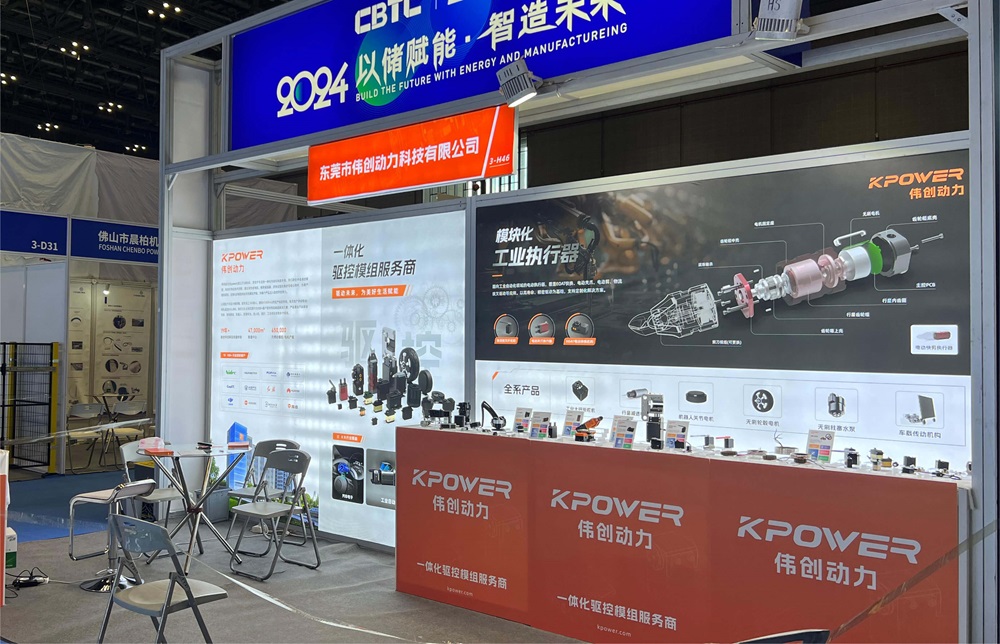Sure! Here's the first part of a soft, engaging article on the theme "motor vehicle without gear." This will be a compelling exploration of the topic, aimed at captivating readers' interest.

In a world racing towards automation and effortless convenience, the motor vehicle without gears stands out as a symbol of progress that has quietly transformed how we move. Once upon a time, the idea of shifting gears was a fundamental skill—an art mastered by drivers eager to navigate the urban maze, countryside roads, or winding mountain paths. Today, thanks to technological advances, millions of drivers are discovering the beauty of vehicles that don't require any manual intervention when it comes to gear changes. This shift not only promises ease but also opens new doors for accessibility, safety, and sustainability.
The concept of a gearless vehicle is not new; it emerged as a natural evolution of automotive engineering. Early automatic transmissions, introduced in the mid-20th century, aimed to make driving less cumbersome and more accessible to the masses. Over time, these systems have become increasingly sophisticated and widespread. Today, the term often conjures images of sleek, modern cars that glide seamlessly through traffic, shifting gears so smoothly that the driver rarely has to think about the mechanics behind the scenes.
So, what exactly makes a motor vehicle "without gear"? At its core, it refers to a drivetrain that eliminates the traditional manual gear-shifting process. Instead of pressing a clutch and manually moving a gear lever, the vehicle's transmission automatically selects the appropriate gear ratios based on speed, acceleration, and load. This is primarily achieved through automatic transmissions, continuously variable transmissions (CVT), or even electric drivetrains—each offering different advantages but all sharing the common trait of gearless operation.
Electric vehicles (EVs), for example, are inherently gearless. Their electric motors generate maximum torque from zero RPM, removing the need for multi-speed gearboxes altogether. This means drivers experience a direct and highly responsive acceleration that mirrors the simple joy of a smooth ride—no clutch, no gear shifts, just pure propulsion. Similarly, CVTs used in many modern gasoline-powered cars utilize a belt and pulley system that varies seamlessly, offering an infinite number of effective gear ratios. The result? A driving experience that feels intuitive, hassle-free, and efficient.
Why has this movement gained momentum? The answer lies partly in the lifestyle shifts of today's drivers. As urban congestion worsens and environmental awareness rises, there's a growing demand for vehicles that are easy to operate and environmentally friendly. Automatic and gearless vehicles meet these needs by reducing driver fatigue, increasing safety, and often improving fuel efficiency. Plus, in a world increasingly dominated by smartphones and instant gratification, simplicity in driving correlates directly with convenience and satisfaction.
Behind the scenes, automotive manufacturers have invested heavily in developing smarter transmission systems. Computer-controlled gearboxes, sophisticated sensors, and AI-driven algorithms work together to optimize gear changes, ensuring smooth acceleration, deceleration, and overall vehicle response. These advancements make driving not only more comfortable but also safer—drivers are less distracted by shifting mechanics and more focused on the road.
In addition to traditional passenger cars, the concept of gearless vehicles has extended into other segments—electric scooters, bicycles, and even small personal transportation devices. Electric skateboards and e-scooters have no gears at all, embodying the ultimate simplicity in mobility. For many urban dwellers, these small, gearless devices are reshaping how we think about short-distance travel, offering quick, fun, and eco-friendly alternatives to cars.
However, embracing gearless vehicles isn't just about convenience; it also signals a broader cultural shift. As trends move toward sustainability and digital integration, vehicles that simplify operation and reduce mechanical complexity are likely to dominate future markets. Automated driving systems, combined with gearless transmissions, will eventually lead us toward fully autonomous mobility—a realm where driving as we know it could become a thing of the past.
Despite all these advancements, some car enthusiasts still appreciate manual transmissions, celebrating the skill and control involved. But the overall trajectory points toward gearless, automated systems becoming the norm for everyday transportation. They reduce barriers for new drivers, enhance safety, and make city life more manageable.
Stay tuned for our next segment, where we will explore the environmental benefits, technological innovations, and practical implications of gearless vehicles in our modern world. We will also look into emerging trends and what the future holds for this fascinating facet of transportation evolution.
Kpower has delivered professional drive system solutions to over 500 enterprise clients globally with products covering various fields such as Smart Home Systems, Automatic Electronics, Robotics, Precision Agriculture, Drones, and Industrial Automation.




































